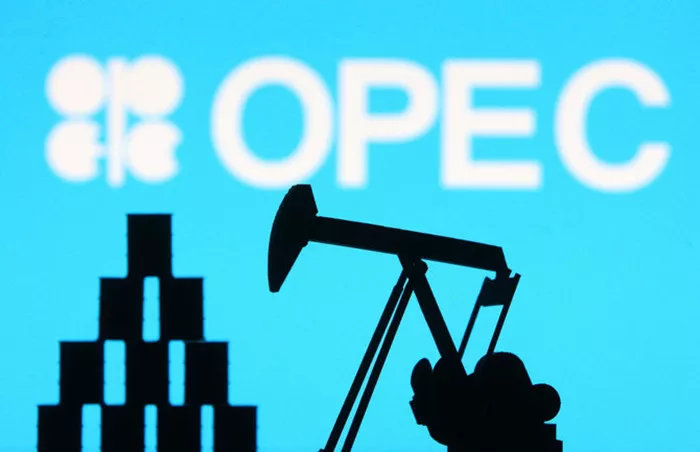Last weekend, OPEC+ delivered on expectations by announcing another increase in crude oil production. However, contrary to many forecasts, oil prices rose rather than fell, shifting the market’s focus onto demand strength and supply disruptions.
The eight OPEC+ members who had previously limited output agreed on Saturday to raise production by 411,000 barrels per day starting in July, continuing the increases made in May and June. Prior media speculation had suggested the group might push even higher output this time to assert control, which had weighed on prices beforehand. Ultimately, the production hike itself had little immediate impact on price levels.
Instead, other concurrent events drove market dynamics. A Ukrainian drone strike targeted locations inside Russia, sparking fears of further attacks on Russia’s oil infrastructure and raising concerns about potential supply interruptions. Meanwhile, the prospects for a U.S.-Iran nuclear deal dimmed after reports surfaced that Iran intends to reject the latest American proposal. Without a deal, U.S. sanctions on Iran’s oil sector remain firmly in place, limiting Iranian crude exports. Reuters noted Iran’s refusal to cease uranium enrichment, a key U.S. demand, had pushed the possibility of agreement further away.
Adding to the supply-side pressures, Alberta’s wildfire season commenced, forcing shutdowns that have reduced oil production by over 340,000 barrels per day—roughly 7% of the region’s output. This disruption has further bolstered prices and suggested that demand remains stronger than some analysts anticipated.
It columnist Clyde Russell highlighted weaker Asian oil imports so far this year compared to last, questioning whether OPEC+ would find enough buyers for the added barrels amid declining demand in the region—from 24.85 million barrels daily in April to an estimated 24.2 million in May. Yet, given the geopolitical risks and supply uncertainties, the answer appears increasingly affirmative, with market participants willing to pay premium prices for available oil.
The oil market’s reality, it seems, hinges less on forecasts and more on tangible developments. Despite a slight easing of China’s crude appetite, demand has held firm since pandemic lockdowns ended. ING commodity analysts anticipate demand will strengthen as summer progresses, supporting sustained price levels. Goldman Sachs, after initial reluctance, also acknowledged seasonal patterns that typically drive higher oil consumption in warmer months.
In a recent note, Goldman Sachs stated that “tight spot oil fundamentals, strong global activity data, and seasonal summer demand support make a sharp slowdown unlikely, suggesting production increases will continue when OPEC+ meets on July 6.”
Beyond geopolitics, factors like the advancing summer driving season and easing trade tensions—following earlier tariff shocks—are contributing to the optimistic outlook. With oil prices relatively affordable and near-term supply uncertain, the market is poised for elevated demand and sustained price support in the coming months.


